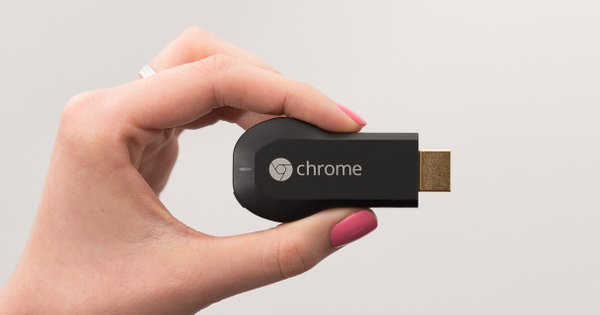Deposit hundreds of euros for a NAS? Well no! For a few bucks and some free time you can put together a NAS that is controlled by a Raspberry Pi 3. You simply connect one or more hard drives via USB to the mini computer. As a NAS operating system, you use OpenMediaVault, which has a slick web interface. It is even possible to configure your hard drives in RAID. In this article we explain what you need for your DIY NAS and how to do it.
1 Speed limited by USB
First a warning. You can easily make a NAS from a Raspberry Pi in a cheap way, but don't expect a speed monster. The connection of the hard drives via USB 2.0 provides a maximum throughput of 20 to 30 MB/s. In addition, the speed of the 100Mbit/s Ethernet port is also limited and that port is also connected to the same internal USB hub as the USB ports. Ethernet and USB must therefore share the bandwidth. In theory, WiFi achieves higher speeds, but is disappointing in practice. In reality, you will get a maximum speed of around 10 MB/s when you download files from your NASberry Pi. Also read: Windows 10 on your Raspberry Pi in 16 steps.

2 Download OpenMediaVault
If you don't feel too limited by the low throughput you can achieve with a Raspberry Pi, download one of the OpenMediaVault images for the Raspberry Pi 2 or 3. At the time of writing, the most recent stable version was OpenMediaVault 2.2.5. Note: The Raspberry Pi 1 is not supported by OpenMediaVault.
3 Write image to microSD card
The downloaded image is a compressed gz file. Extract it, for example with the program 7-Zip. Open the gz file with 7-Zip and click Extract to extract the img file into it. Then insert a microSD card into your computer's card reader and start the Win32DiskImager program. Choose the drive letter of your microSD card, select the OpenMediaVault img file and click write to write the operating system to your card.

4 Booting Raspberry Pi
Insert the microSD card into your Raspberry Pi and connect the mini computer to your home network with an Ethernet cable. You may already connect one or more hard drives to the USB ports, although you can do that later. And finally, connect the power supply so that your Raspberry Pi boots up. You don't need a keyboard and mouse, because you control OpenMediaVault via the web interface. Look up the IP address of your Pi, for example in your router's DHCP lease list (or with a mobile app like Fing) and surf to the address in your browser. Choose your language, enter as username admin and as password openmediavault log in and sign up.
5 Overview
By default, you will now see the control panel with all kinds of diagnostic data. At the top you will see a list of all enabled and started services. Shortly after the installation, only SSH is enabled, so you can log in to the command line of your NAS with the PuTTY tool. In the widget below you can see system information, such as CPU usage and memory usage. Click at the top Add to add widgets for your file system and your network interfaces. With the cross you remove a widget and with the icon next to it you fold the widget in or out.

6 Diagnostics
OpenMediaVault can show you much more than the system information in the control panel. In the left column you will find under the heading Diagnostics in addition to the control panel, there are three other parts. With a click on System Information you not only get the same overview as in the control panel, but in additional tabs you get even more detailed system information, including performance statistics. In case of problems, be sure to look below System Logs: hopefully you will find the key to a solution here. And under Services In addition to an overview of the services, you also get the opportunity to see who is active on those services.
7 Set up your NAS
The next thing you do is all the parts under System go off for some basic settings. You can change the password of the user admin for the web interface via System / General Settings / Password from the web administrator. below Date and time set the correct time zone. If you're under Notification enter the settings of your provider's SMTP server, you will receive notifications via email. And in Update Management check your updates and click To update to update your system. Remember to click Save at the top left of the main panel every time you make changes, then click on the right To apply.


